Setting the Scene: How Locations Bring Photographs to Life
How location settings bring life to photographs:
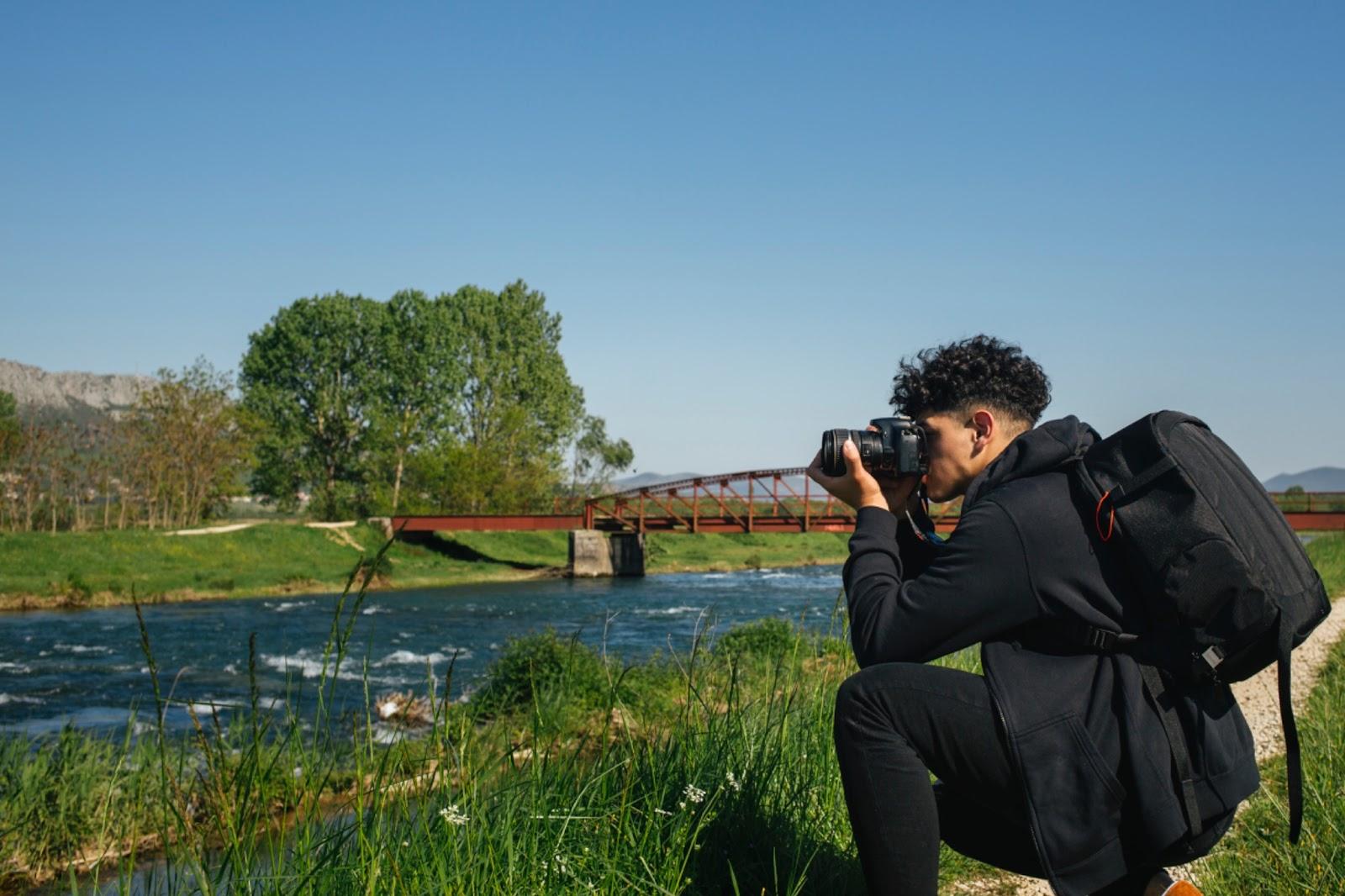
Spare a thought for standing in the heart of a city square, in the midst of an urban hectic, where people merely seem to be parts of the machinery, such as the distant hum of traffic, one may take for granted that there is a symphony of life going on somewhere behind the mechanistic world. Now, imagine capturing that same moment in your mind’s eye, but let’s say through the lens of a camera.
Incredibly, the static picture resonates with the dynamic and colorful tapestry by involving each of the elements which are telling the story that seems to be alive because of the energy it gives off. The location holds a mysteriousness that is able to evoke a breath of life into the images and enlarge them with purposes such as atmosphere, emotion, and independent story. It is they that become the stage for the photographer, as every corner, alley, or vista offers a new palette or canvas to work with.
Before there were cameras, travelers had to describe their journey through words, painting a picture for the reader with details of the culture, landscape, and people they encountered. Imagine the gentle tones of a mountain lake; landscapes that echo the cobwebs of the morning mist flowing over it. The softly colored dawn has his sky looking like it’s pink and blue, and there is a feeling of tranquility and introspection that comes from his silence at this time.
Here, the location would not just be a canvas; it would be a character by itself—a silent observer watching unobtrusively through all this tranquil beauty around and nature waking up. Supposedly, such vivid imagery can illustrate a busy market in some remote part of the earth inhabited by men of different languages and cultures with their vibrating artistic chaos.
Merchants endeavor to gain your attention as they squabble constantly and are aromatized by the spicy food while the vibrant colors of the exotic textiles are neatly woven in the air. In this place, it is all about the frames. The frames display pictures, stories written on faces, and what we do to each other that tell us what it means to be human.
With the skill of the photographer, places we habitually walk, even the most ordinary places, can create an amazing outlook. Old and collapsing streets will turn into a corridor to the past with their crumbling and worn-out sides – a constant reminder of the years gone by, and the resilience of human spirits.
Why do you think location matters in photography?
Here’s why location matters in photography:
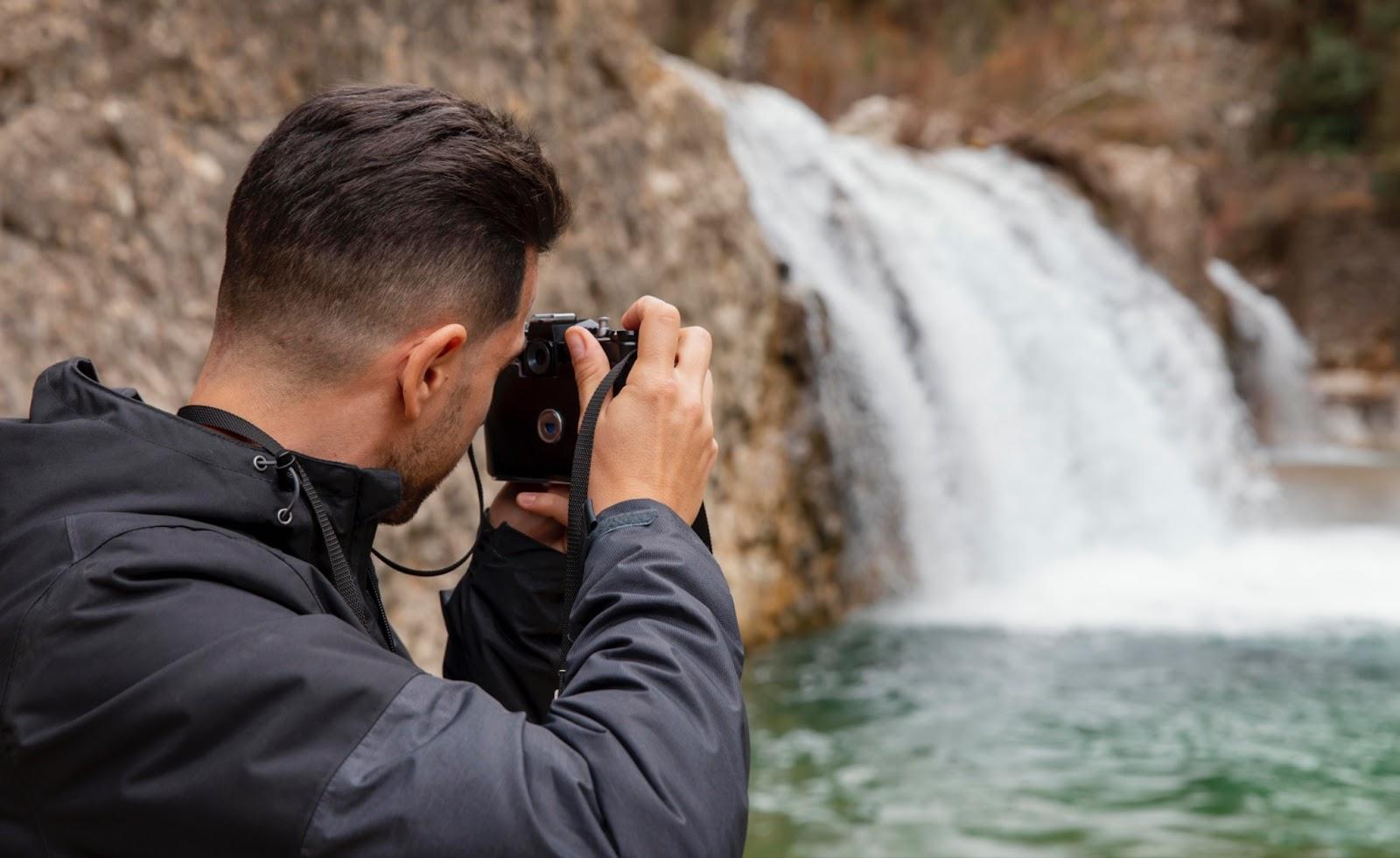
-
Setting the Scene:
It is just like the scene in the novel where its setting sets the mood. Photography setting is a crucial element of the shot, because it sets up an atmosphere and mood and provides a context that is sufficient to make viewers feel like they are in a specific time and place . The ability to switch from the hustle and bustle of a downtown street to the tranquility of a rural field is an advantage that a photographer has. He can define the location of every image so that it plunges the viewer into the emotional atmosphere of a particular scene.
-
Adding Depth and Dimension:
A good location is an important addition to a picture because it offers extra visual perspective where photographers work on their angle to get the best shot. The fine details of the location can also be reflected in the architecture of a historical landmark or the natural beauty of the landscape that not only the main subject attracts but also the viewers can immerse themselves in the details and find some of them to explore and discover within the frame.
-
Creating Emotional Impact:
Locations have the capability to induce emotion and trigger physical responses for spectators. A magnificent view of a mountain might fill one with a sense of wonder and awe whilst a secluded spot by the beach would surely evoke quiet tranquility. Through conscious decision-making about where the photograph will be taken, to tap into the mood of its subject or to highlight a particular message, the photographers have the ability to create powerful photos that are relatable on a social level.
-
Setting the Tone:
Location can play a pivotal role throughout the entire photo shoot, from the standard of clothes selection and props to the kind of lighting and crowding. A dark pathway with sinister undertones might require a fashion that has a rugged texture and lighting that is all about drama, while a sunny field would call for a more fun and ethereal theme. Visual elements can be involved in bringing the vibe of the location in imagery, which consequently will result in unique and strong images.
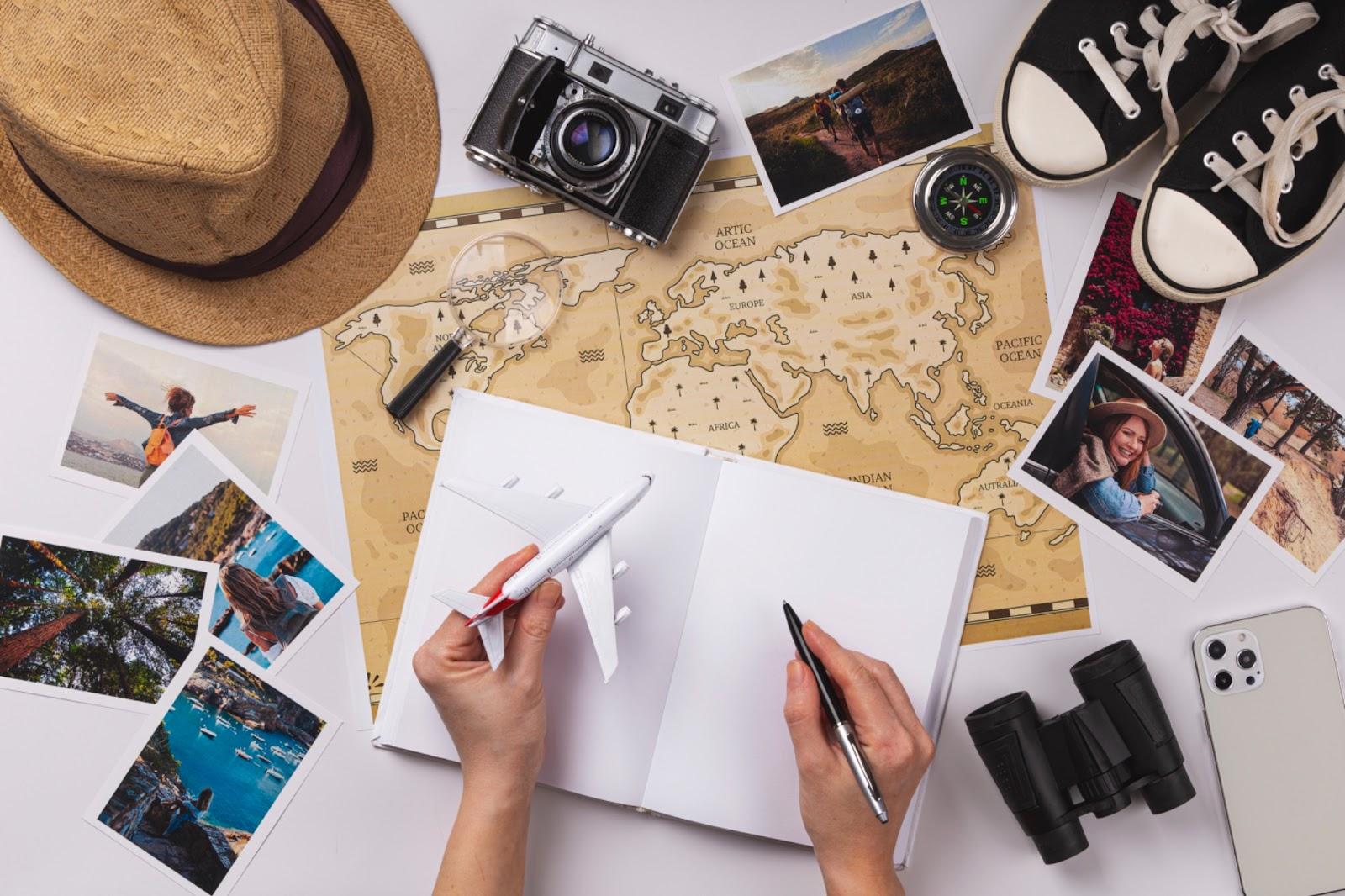
-
Telling a Story:
Every location has its own particular history, culture, and atmosphere, thus creating different feelings that can be observed and felt through photography. To bring out the setting to life, whether it is the hustle and bustle of the cityscape or the serenity of wilderness, the photograph allows you to appreciate the stories from the frame.
-
Creating Contrast and Comparison:
Scenes captured in different locations provide your visuals with variety and depth, making them clearer to the audience. Through sequences that are contrasting, like the urban vs the countryside, for example, the photo aims to mostly use the tensions inherent to different environments to tell a story. It’s a medium of showing the variation and complexity of the world surrounding us; it may be able to trigger curiosity and encourage viewers to look at familiar things from another perspective.
-
Connecting with the Subject:
A quality location will not only make the viewers and the subject comfortable on the set, but they will also reflect their characters without effort. Be it a familiar setting filled with coziness and calm, or an adventurous and exotic locale, the location can influence the emotionality and creativity of the photograph while grabbing the true and natural moments of the shoot.
Fun facts about what a location suggests about your photograph:
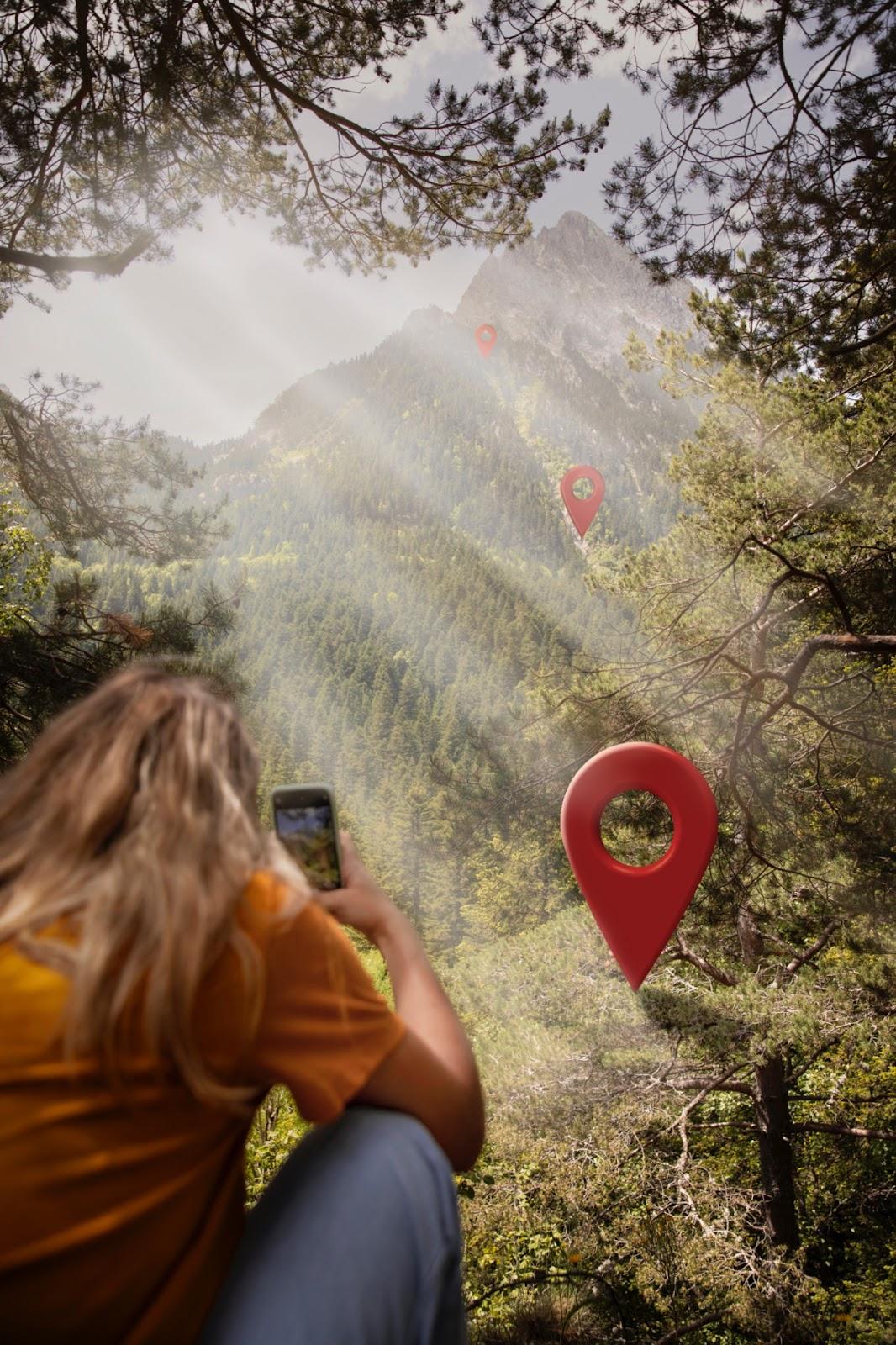
-
Urban Settings:
Photographs taken in urban settings often suggest a sense of dynamism, energy, and modernity. The bustling streets, towering skyscrapers, and neon lights of the cityscape convey a feeling of excitement and activity. Urban locations can also evoke a sense of anonymity and isolation, with crowds of people bustling past each other, lost in their own worlds.
-
Natural Landscapes:
On the other hand, photographs taken in natural landscapes evoke a sense of tranquility, serenity, and connection with the natural world. Whether it’s a majestic mountain range, a peaceful forest glade, or a pristine beach at sunset, natural landscapes offer a sense of escape from the hustle and bustle of everyday life. These locations often inspire feelings of awe and wonder, with sweeping vistas, dramatic skies, and breathtaking scenery providing a feast for the eyes.
-
Historic Sites:
Photographs taken at historic sites suggest a sense of timelessness, nostalgia, and reverence for the past. Whether it’s an ancient castle, a medieval cathedral, or a colonial-era town square, historic sites are imbued with a sense of history and heritage that can add depth and richness to a photograph. These locations often evoke feelings of awe and wonder, with architectural details, ornate decorations, and centuries-old craftsmanship telling stories of bygone eras.
-
Rural Settings:
Photographs taken in rural settings suggest a sense of simplicity, authenticity, and closeness to nature. Whether it’s a quaint country cottage, a picturesque farmstead, or a rolling meadow dotted with wildflowers, rural settings offer a glimpse into a slower, more idyllic way of life. These locations often inspire feelings of warmth and nostalgia, with charming details, rustic textures, and earthy tones creating a sense of coziness and familiarity in the composition.
-
Architectural Marvels:
Photographs taken at architectural marvels suggest a sense of awe, innovation, and human ingenuity. Whether it’s a cutting-edge skyscraper, a futuristic museum, or a sleek bridge spanning a river, architectural marvels push the boundaries of design and engineering, inspiring wonder and admiration in viewers. These locations often evoke feelings of curiosity and exploration, with bold shapes, clean lines, and striking forms creating a sense of drama and excitement in the composition.
Conclusion:
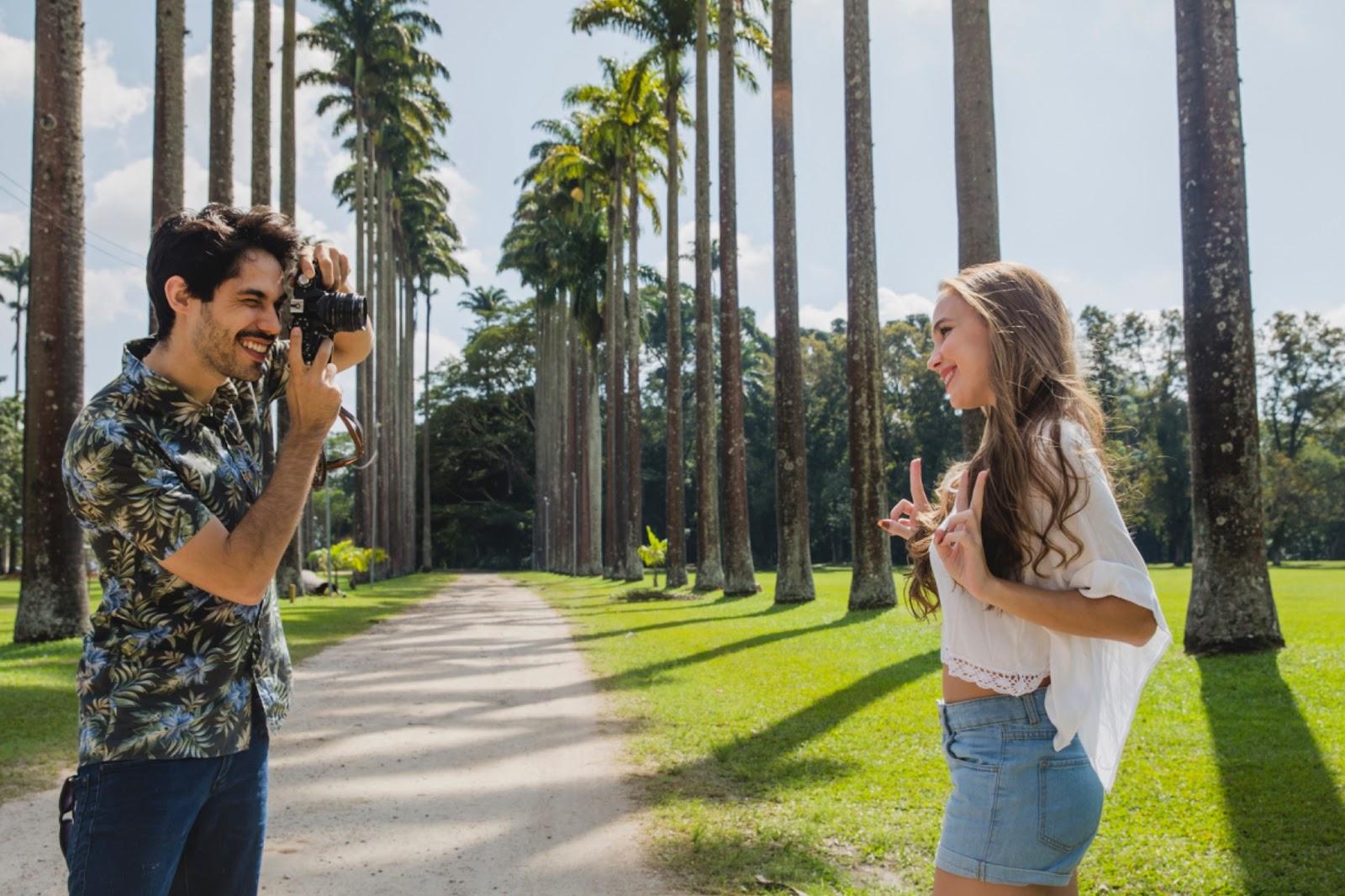
In summary, the location of a photograph can suggest a wealth of information about the mood, atmosphere, and narrative of the image. Whether it’s an urban street scene, a natural landscape, a historic site, a rural setting, or an architectural marvel, each location offers its own unique set of visual cues and emotional resonances that can shape the viewer’s interpretation of the photograph. By carefully selecting and crafting the right locations, photographers can create images that not only capture a moment in time but also tell a compelling story and evoke a powerful emotional response.